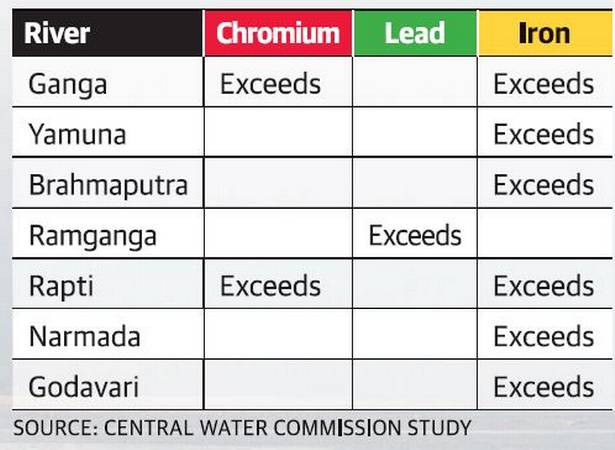7667766266
enquiry@shankarias.in
PSLV C-48
PSLV
Heavy Metal Contamination in Indian Rivers

Amendment in IBC Code
Rare Earth Metals
Source: PIB, The Hindu